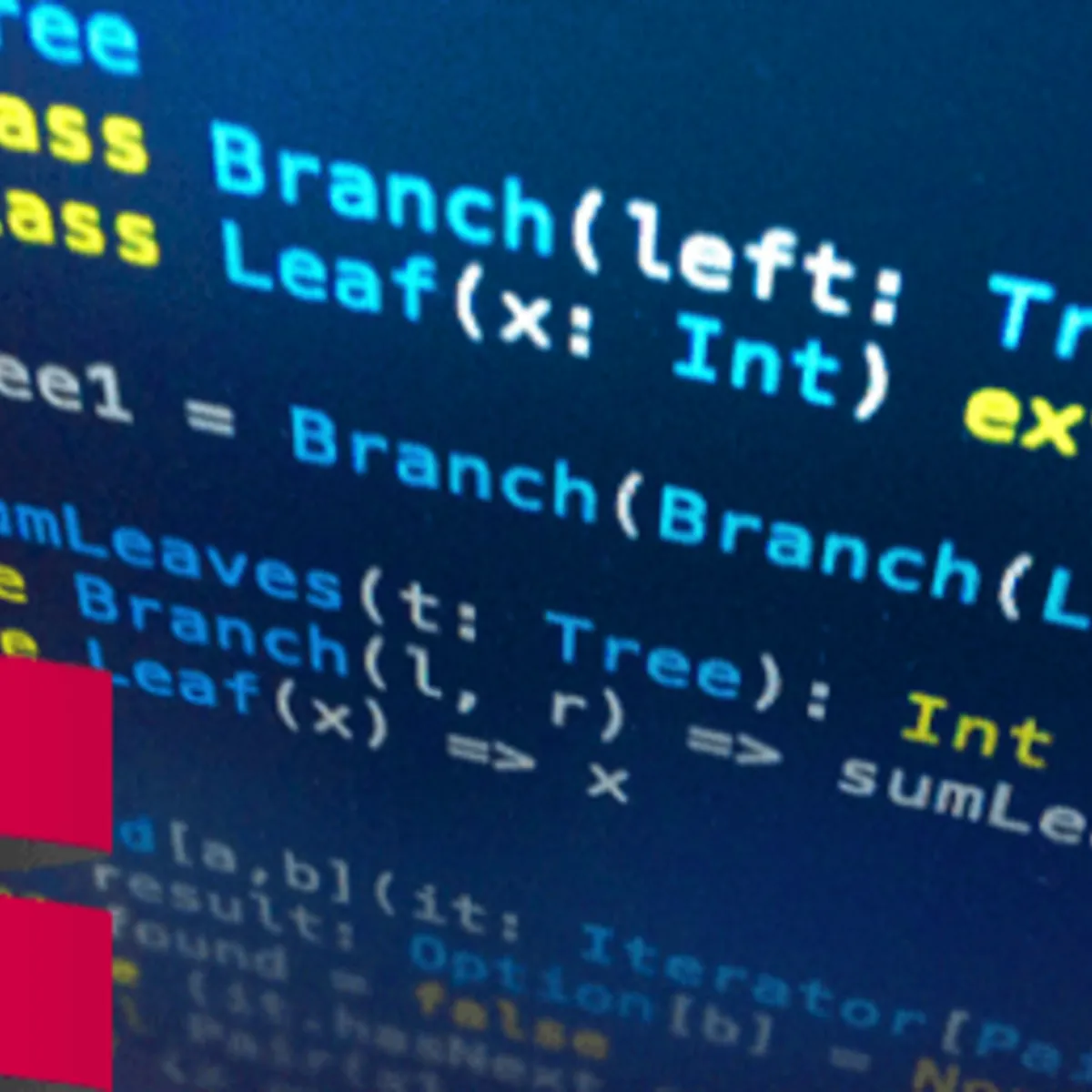
Combining and Filtering Data with PostgreSQL 
This course provides an introduction to PostgreSQL and SQL, teaching students how to join, filter, and combine data from multiple tables. Students will also learn how to use aggregate and window functions to further expand their queries. ▼
ADVERTISEMENT
Course Feature
![]() Cost:
Cost:
Free Trial
![]() Provider:
Provider:
Pluralsight
![]() Certificate:
Certificate:
Paid Certification
![]() Language:
Language:
English
![]() Start Date:
Start Date:
On-Demand
Course Overview
❗The content presented here is sourced directly from Pluralsight platform. For comprehensive course details, including enrollment information, simply click on the 'Go to class' link on our website.
Updated in [March 06th, 2023]
This course, Combining and Filtering Data with PostgreSQL, provides learners with the skills and knowledge necessary to begin writing more complex queries to analyze data from multiple sources. Learners will learn the fundamentals of data types and how to work with string functions, aggregate functions and how to filter aggregate results, and how to use joins to retrieve data from multiple tables. Set theory and unions will also be used to combine multiple result sets. Subqueries and common table expressions are introduced to help conduct more sophisticated analyses using multiple filter criteria. Finally, learners will figure out window functions and how to partition and analyze data.
[Applications]
Upon completion of this course, learners will be able to apply their knowledge of PostgreSQL to combine and filter data from multiple sources. They will be able to use SQL to join data from multiple tables, combine result sets, and use aggregate and window functions. Learners will also be able to use set theory and unions to combine multiple result sets, as well as use subqueries and common table expressions to conduct more sophisticated analyses using multiple filter criteria.
[Career Paths]
1. Database Administrator: Database Administrators are responsible for the installation, configuration, and maintenance of databases. They are also responsible for ensuring the security and performance of the database. As the demand for data-driven insights increases, the need for Database Administrators is expected to grow.
2. Data Analyst: Data Analysts are responsible for analyzing data to identify trends and patterns. They use their findings to make recommendations to improve business processes and operations. As the demand for data-driven insights increases, the need for Data Analysts is expected to grow.
3. Data Scientist: Data Scientists are responsible for analyzing large amounts of data to identify patterns and trends. They use their findings to develop predictive models and algorithms to improve business processes and operations. As the demand for data-driven insights increases, the need for Data Scientists is expected to grow.
4. Business Intelligence Developer: Business Intelligence Developers are responsible for developing and maintaining business intelligence systems. They use their knowledge of data analysis and data visualization to create dashboards and reports that provide insights into business operations. As the demand for data-driven insights increases, the need for Business Intelligence Developers is expected to grow.
[Education Paths]
1. Bachelor of Science in Computer Science: This degree program provides students with a comprehensive understanding of computer science principles and technologies. Students learn how to design, develop, and maintain software applications, as well as how to use databases and other data management tools. PostgreSQL is a popular database technology, and students in this program will learn how to use it to create and manage databases. As data analysis becomes increasingly important in the modern world, this degree program is becoming more popular and in-demand.
2. Master of Science in Data Science: This degree program focuses on the analysis of large datasets and the development of data-driven solutions. Students learn how to use various data analysis tools, such as PostgreSQL, to extract insights from data. They also learn how to use machine learning algorithms to create predictive models. This degree program is becoming increasingly popular as businesses and organizations look for ways to leverage data to make better decisions.
3. Master of Science in Business Analytics: This degree program focuses on the application of data analysis techniques to business problems. Students learn how to use data to make informed decisions and develop strategies. PostgreSQL is a popular tool for data analysis, and students in this program will learn how to use it to analyze data and develop insights. As businesses become more data-driven, this degree program is becoming increasingly popular.
4. Doctor of Philosophy in Data Science: This degree program focuses on the development of advanced data analysis techniques and technologies. Students learn how to use PostgreSQL and other data analysis tools to develop new methods for analyzing data. They also learn how to use machine learning algorithms to create predictive models. This degree program is becoming increasingly popular as businesses and organizations look for ways to leverage data to make better decisions.
Course Provider

Provider Pluralsight's Stats at AZClass
Pluralsight ranked 16th on the Best Medium Workplaces List.
Pluralsight ranked 20th on the Forbes Cloud 100 list of the top 100 private cloud companies in the world.
Pluralsight Ranked on the Best Workplaces for Women List for the second consecutive year.
AZ Class hope that this free trial Pluralsight course can help your Postgresql skills no matter in career or in further education. Even if you are only slightly interested, you can take Combining and Filtering Data with PostgreSQL course with confidence!
Discussion and Reviews
0.0 (Based on 0 reviews)
Explore Similar Online Courses

2022 Complete Python Bootcamp: Data Structures with Python

Adobe Lightroom Classic CC 2019 - Zero to Pro

Harvard CS50's Introduction to Programming with Python : Full University Course

Algorithmic Trading Using Python - Full Course

Big Data Analysis with Scala and Spark

Cleaning Data with PySpark

Computing in Python I: Fundamentals and Procedural Programming

Market Basket Analysis in Python

Intermediate Regression with statsmodels in Python

Machine Learning for Finance in Python

Supply Chain Analytics in Python


Start your review of Combining and Filtering Data with PostgreSQL